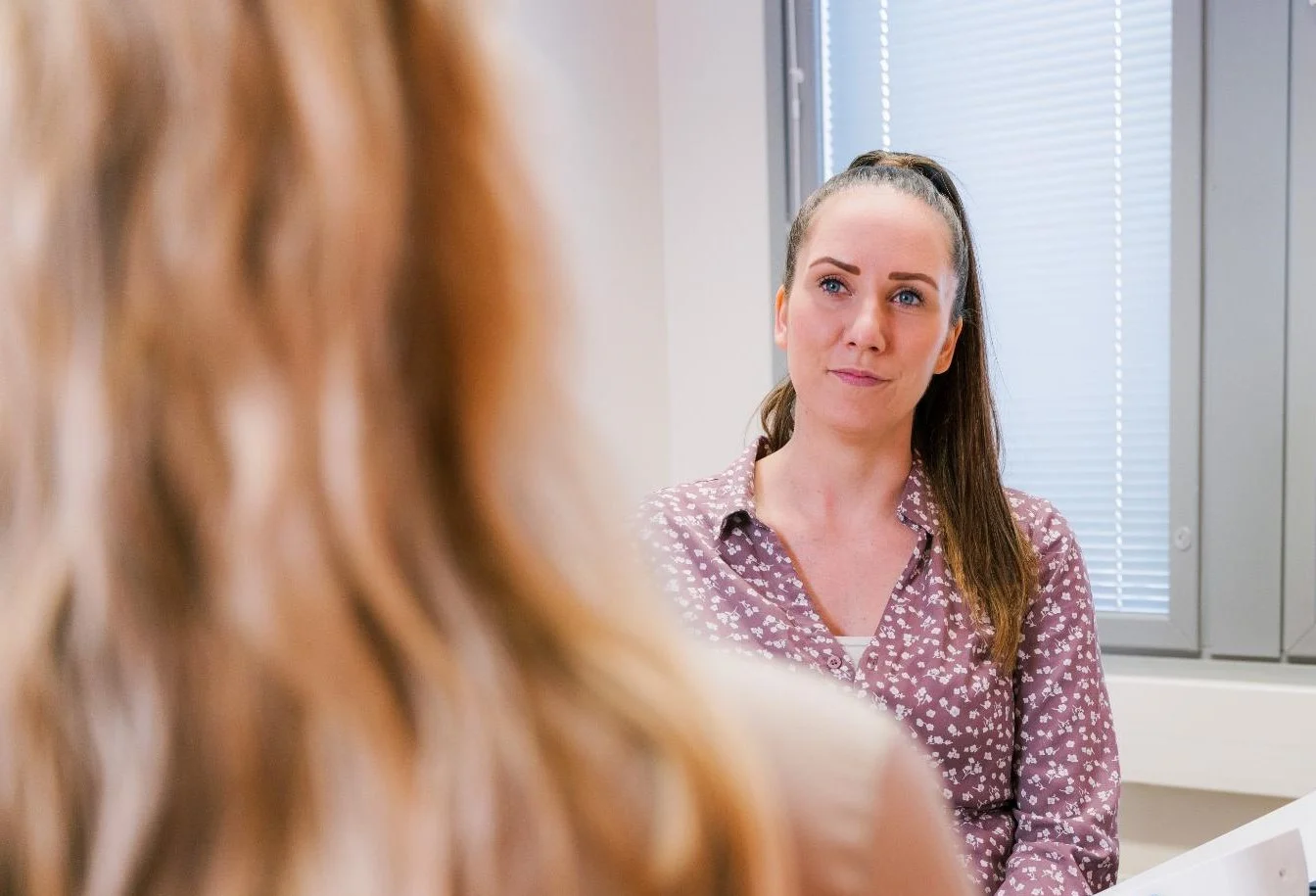
Article
Proper wellbeing leads to results
Psychological safety at work is a key factor promoting both employee wellbeing and company results. But how is this kind of safety created, and how does it help people cope with the challenges and changes in working life? Studies in Finland and around the world indicate that fostering psychological safety in a work community is both possible and important.
Psychological safety is important to all of us
The culture of psychological safety is fostered together. The entire work community is responsible for ensuring it, not just one person. Shared trust and respect in daily work create psychological safety. Everyone can reinforce this safety in various ways, such as by showing respect to others, encouraging open discussion, sharing own experiences and providing space for encounters, listening and feedback. It is also important for the work community to allow mistakes. The supervisor and management play an important role here by setting an example.
Psychological safety does not mean that everyone has to agree on everything. Instead, it creates space for constructive discussion and different viewpoints, even during difficult topics. Although it may feel uncomfortable to talk about challenging topics, it is a skill that all of us can improve. Even if psychological safety provides space for failures and experiments, it is still important to intervene fairly in the event of clear violations – this will only further reinforce the safety of the community. All in all, psychological safety can be improved in many ways, but it requires constant collaborative effort by the work community.
Studies support the significance of psychological safety
Psychological safety has been studied in different work communities. For example, Google started Project Aristotle in 2012 and published its results in 2016. The biggest discovery in the project was that the best performing teams had one thing common: psychological safety. Amy Edmondson, Professor at Harvard University, has also established in her studies that psychological safety is a foundation for medical staff bringing up any concerns in patient safety. Edmondson’s study indicated that the best performing teams reported more medical errors. Additionally, she found that these teams did not make any more errors than the others, but they were brought up more openly. The teams with such an open culture reported medical errors on their own initiative and without fear that these errors would be turned against them.
Thus, psychological safety is based on frankness which aims to ensure that everyone can be heard and it is possible to talk without fear of negative consequences. This way, there is no need to be afraid of making mistakes, but there is also no need to hide your successes, as feedback is provided constructively. Moreover, psychological safety heavily promotes receiving and asking for help from colleagues.
It has also been found that the best performing teams fulfil the following factors:
strong trust within the team
conflicts are resolved constructively
employees feel responsible for their own work and the team’s duties
commitment to common goals.
Why is it important to prioritise psychological safety?
The impact of psychological safety is reflected in different aspects of working life. The link between the quality factors of working life and the costs and productivity of companies have been studied in Finland, and psychological safety has been found to align with these factors. The quality of working life has an impact on various aspects such as sick leaves, employee turnover, work efficiency, performance and commitment.
Work communities empowered by social cohesion and safe conditions bring positive impacts on the employees and customers – and ultimately, on the company’s performance. Taking care of fundamental psychological safety is particularly important in exceptional circumstances and change situations, such as change negotiations. Prioritising psychological safety also pays off when the company’s goal is to exceed customer expectations, innovate and deliver results.
We take care of the work community’s wellbeing
If your company wants to reinforce its psychological safety, Pihlajalinna’s occupational health psychologists are available. Together we can, for example, plan adequate and effective interaction and communication for the implementation of changes, as well as other necessary support measures throughout the change process.
You can always check the wellness services included in your occupational health agreement from your client organisation’s action plan. If you are entitled to purchase additional services for your organisation, you can contact your organisation’s designated occupational health team to find a suitable specialist.
Aromäki-Stratos Anu, Occupational Health Psychologist
Astrén Sanna, Occupational Health Psychologist
Kaarlela Anu, Occupational Health Psychologist
Cavén Sini, Occupational Health Psychologist
Request an offer on occupational health services
Would you like to hear how we can support the wellbeing of your work community?
Let's build an occupational health solution together that supports both body and mind.


